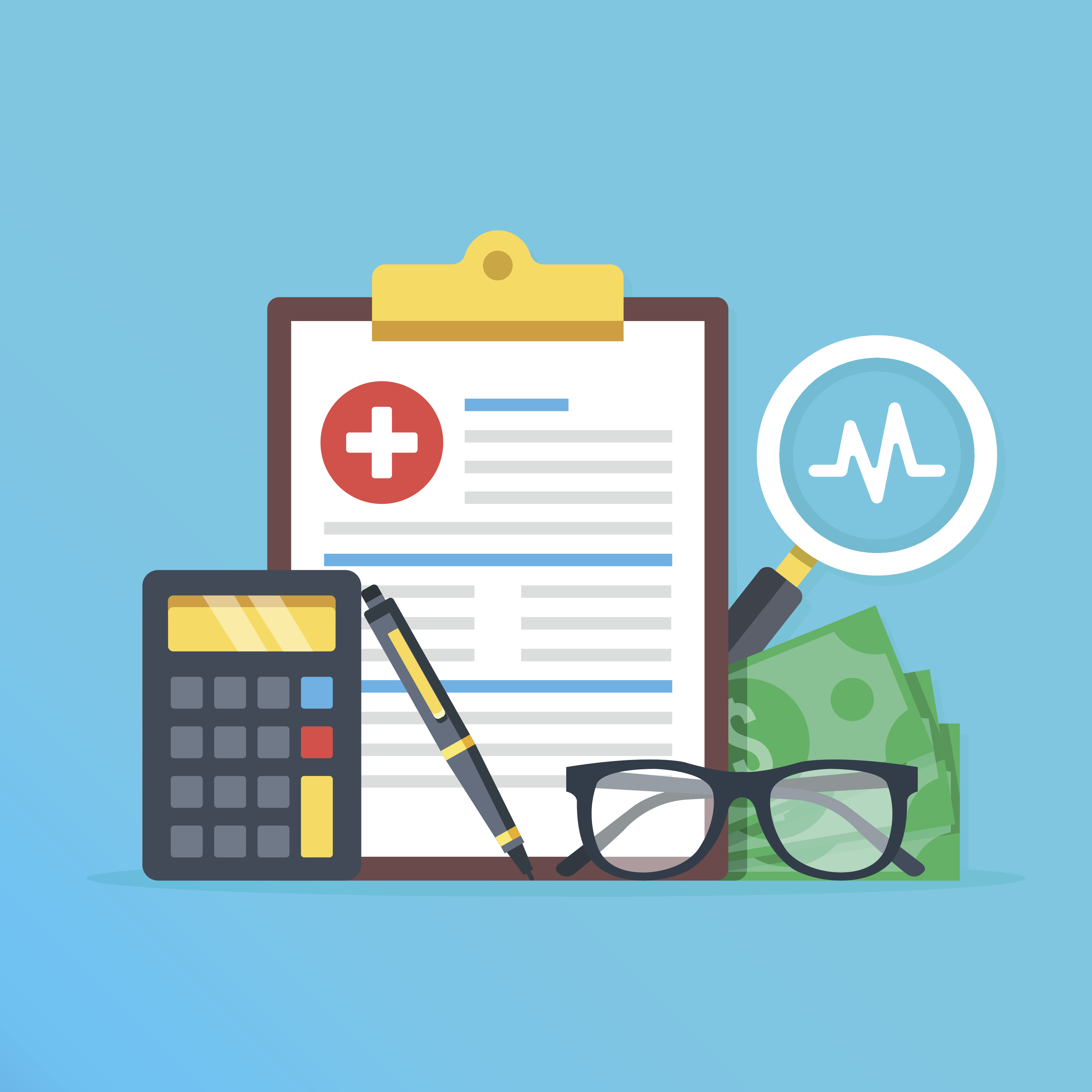By Jessica Meth
Copywriter
In pharmaceutical writing, you must often customize your messaging platform for multiple audiences, including patients, providers, payers, and employers. Though writing for each presents unique challenges, many writers find writing for payers (eg, commercial health plans, Medicare, Medicaid) the most complex.
Having spent most of my career as a writer for market access clients, I’ve found that writing for payers often requires more creative and strategic thinking than writing for other audiences. However, I also find the very qualities that make writing for payer audiences difficult also make it fun! (Yes, I did just use fun and pharma writing in the same sentence.)
No matter what audience you’re writing for, it’s critical to always keep in mind your audience’s viewpoint, often known as the WIIFM (What’s In It For Me) principle. For the payer audience, that means value and cost savings. Your top priority when crafting a message for this audience should be to demonstrate the value of the product through a determination of cost efficacy (demonstrating that the outcomes are worth the cost). When doing this, it’s important to look at “cost” factors beyond pricing, contracting, and rebates for the product. Ask yourself:
- What value does the product bring that might influence the payer to add the product to the formulary?
- How will the product offset other costs?
- How will the product impact the bottom line?
Presenting your audience with a more holistic view of cost will expose unexpected and long-term benefits of the product.
Of course, to create a successful message, evidence is key. For payers, it’s essential that you establish what sets your product apart from the competition. To accomplish this, draw on data and resources such as:
- Health Economics Outcomes Research (HEOR) data
- Outcomes data
- Real-world data
- Clinical and safety data
- Economic models
- Contracting opportunities
As you shape your message, consider how this information might be used to convince payers to include the product in a preferred position on the formulary.
A real-world example
I once worked on the launch of a new product for digestive diseases—a crowded market. The only distinguishing factor about this product was its mechanism of action (MOA): the way it’s thought to work in the body to attack the disease.
When writing for payers, it’s important not to hang your hat on MOA alone. This audience expects more than an explanation of how a drug works along with a slick image of it moving through the body. Though payers want to know that the product works, it doesn’t rank high on their list of the key differentiators. Rather, payers balance the clinical evidence with the economics. If the drug has strong outcomes and is safe and effective, the MOA usually isn’t critical to the story.
In this case, it turned out MOA was the only differentiating factor we had. There were no significantly superior outcomes. No cost studies. No real-world experience. So, we had to try to help payers care about MOA. But how?
Our solution came by considering our audience’s WIIFM and then crafting messages that used the MOA to demonstrate the overall cost efficacy of the product. We did this by:
- Establishing the link between MOA and rapid response rates (by targeting the gut, the drug works faster in the body), then
- Highlighting the potential cost savings related to rapid response rates
MOA saves the day
In the end, we built a solid story for payers to show they were paying more for their patient populations to cycle through multiple medications, none of which worked as quickly as our drug. Due to its unique MOA targeting the gut, our drug demonstrated rapid response rates and longer remissions, and therefore, less need for multiple, costly medications and healthcare services—a clear demonstration of cost efficacy. Instead of MOA videos, we created infographics about the costly consequences of suboptimal care to appeal to pharmacy and medical directors, our core payer audiences.
The moral of this payer story: because we understood our audiences’ WIIFM, we were able to make the MOA save the day—and the bottom line!
Jessica Meth is a pharmaceutical writer with over 15 years’ experience in healthcare writing and marketing for leading ad agencies and pharmaceutical accounts. In this role, she has developed print, digital, promotional, and training materials for multiple healthcare audiences, covering a range of disease states—from cardiovascular and respiratory to women’s health and pain management. As a pharma writer for Encompass, she assists in the development and launch of marketing training programs and creates content for sales reps and payer audiences.


